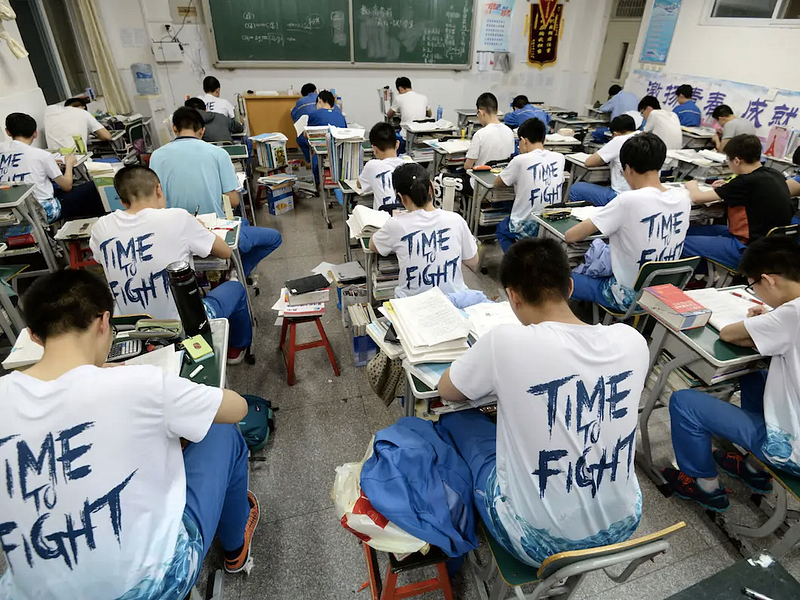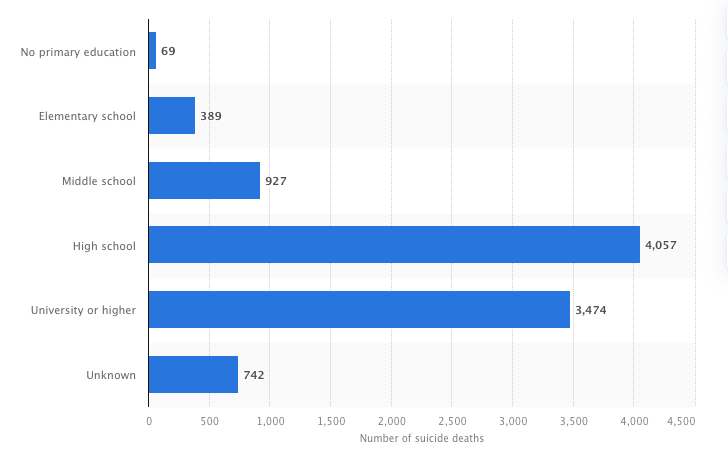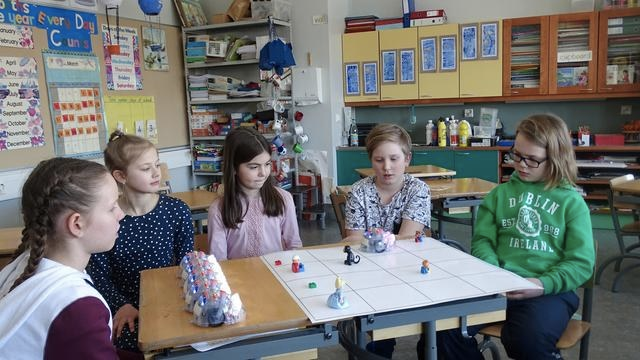Education: A World Tour
Disclaimer: This article mostly refers to public elementary and secondary education. Information about private or higher education are…

Disclaimer: This article mostly refers to public elementary and secondary education. Information about private or higher education are mentioned explicitly. This article also contains mentions of suicide and depression.
There is no limit to knowledge. Hence why we never stop learning. There are so many ways to learn, and many more reasons to learn. Throughout history, humans have been learning and evolving. In the later part of the 1700s, schools were created to educate children. Education systems were and are still crafted by human beings, who are far from perfection, so it is not surprising that other human beings may have a bad view on their education systems.
Not too long ago, I stumbled upon videos after videos of Tiktok creators showing their dissatisfaction with their country’s education system. It made me wonder and here it is, my take on the education system around the world. To understand why this issue came to light, we must first understand how countries educate their children.
Asia
Education is compulsory from the age of six to fifteen for most parts of Asia ( Korea, China, Japan and Thailand). Emphasis on education in East Asia is heavy, as it is proven that education has led to China’s rapid development, cured South Korea’s natural resources crisis and strengthened Japan’s democracy . The average school period is from 7:30am to 5pm, with a two-hour lunch break. Many schools in China also conduct self-study classes and Korea has tuition classes. The aforementioned classes are usually from 7pm to 9pm. During summer breaks, it is common for students to study or prepare for the national college entrance exam, such as China’s Gaokao and Korea’s Suneung.
The Gaokao is known as the hardest examination in the world, and because of its importance, construction sites near examination halls are halted, traffic is diverted, and ambulances are on call outside in case candidates require medical help during the examination, which usually involves nervous collapses. Police cars are also on patrol nearby to monitor the surroundings. The stress does not end there. Some university students in China also find themselves having no hope in life from focusing too much on academic performance. According to a study that recruited 6,836 university students in China, 61.4% of them agreed that suicide would be the best solution to their problems.
To curb this issue, China has been going through an education reform that allows students to immerse themselves in more interactive activities such as group work, which encourages creative thinking, and focuses less on individual academic performance as it puts students from low-income families at a disadvantage. In July 2021, the State Council banned after school tutoring activities, which dismisses for-profit tutoring companies and ensures fair competition among students regardless of financial background.
Korea’s academic pressure is even more concerning. The country is known to produce the best performing, but also the unhappiest school children in the world. High school students are the most miserable as they prepare for the Suneung examination. Their future relies fully upon their test performance, as it determines their admission into Korea’s top colleges known as SKY Schools, which promise students a career in the nation’s leading companies like Lotte and Samsung. On top of that, admission chances into the aforementioned schools are very slim, so only the best of the best Suneung scorers will be offered a place. This explains why in 2021, 4,057 high school students committed suicide.
Academic stress among students is not just a prevalent issue in China and Korea, but other parts of Asia too. More students in India died by suicide due to academic stress than farmers in 2020, and this issue was swept under the rug. In 2015, a 17-year-old Malaysian Certificate of Education candidate hung himself with his necktie due to not being able to answer the Additional Mathematics paper.
Japan is distinctive from other Asian countries as its education system focuses on holistic development. Students take courses that are academically rigorous, but they are also given time for extracurricular and outdoor activites for character and social development. Not only are Japanese school students well-rounded, but they are also enjoying school. According to a study, 85% of students in Japan are happy. Like all students, they may be stressed from academia, but they have interactive outdoor activities as their coping mechanism, and this motivates them to go to school.
Europe and America
The UK is heavily exam-oriented. One will have the GCSE’s which are usually taken at 16, then the A-Level which prepares you for university. Both programs are 100% examination-based, and the results will be used to apply to universities.The university admission system is quite similar to Asia, where grades are usually the most important factor of admission, besides one’s personal statement. The good news is, a student’s educational circumstances, such as a limited access to resources due to the student’s financial background are considered when admitting, so the qualifications will be set lower for them.
Indeed the UK is home to some of the world’s top universities, but in terms of primary and secondary education, the country has been criticised for being too theoretical and examination-oriented, which limits students from exploring their interests and offers little preparation for the working world.
Finland is ranked the happiest nation in 2022, and the main reason behind it is its education system. According to the World Economic Forum, the system focuses on cooperation instead of competition. School students do not sit for standardised testing besides the National Matriculation Exam which is taken in the final year of secondary school and it is optional. This initiative encourages students to work together as a community instead of seeing each other as competition. Students in Finland have the least amount of homework, instead all school work is done during school hours. Despite the relaxing school environment, Finnish students are still performing well academically. According to The Programme for International Student Assessment (PISA), in 2018, Finland scored beyond average in reading (520 points), Science (522 points) and Mathematics (570 points).
In American high schools, extracurricular activities and academic performance are given equal focus. It is common for high school students to pursue activities they are truly interested in outside class. Whether it is community service, a part time job, or research with a university lecturer, it is not surprising that American students are developing their distinctive characters at a young age. The reason behind this opportunity is due to the fact their universities, both public and private, practise holistic admission, that is, they do consider more than just high school grades such as the quality of extracurricular activities, academic and non-academic awards and personality; so to get into college, high school students need to show that they are more than their grades.
It is hard to generalise that the West has better education than Asia, as it varies from country to country. We have countries like Japan in Asia and Finland in Europe that have happy students who also perform well. But we also have highly depressed students in South Korea and students who are not evaluated the right way in the UK. Besides academic pressure, stress among students can also come from society’s pressure.
As a student myself, I can resonate with this issue. Sometimes, the stress does not just come from tests, but also my family members’ high expectations and the mindset of “I cannot screw up even once or else I am bound for failure forever”. Performance in education should not just be evaluated through tests, and students should be given the chance to fail, because failure is the best teacher. We need to change the way we see education.
[Written by: Amirul Haziq bin Amri. Edited by: Balvin Dhaliwal]




